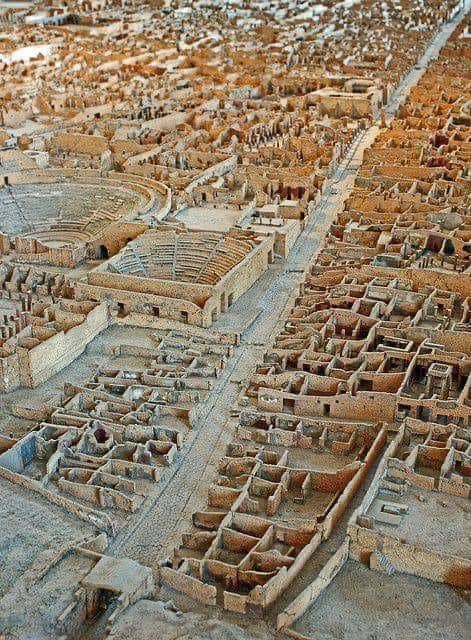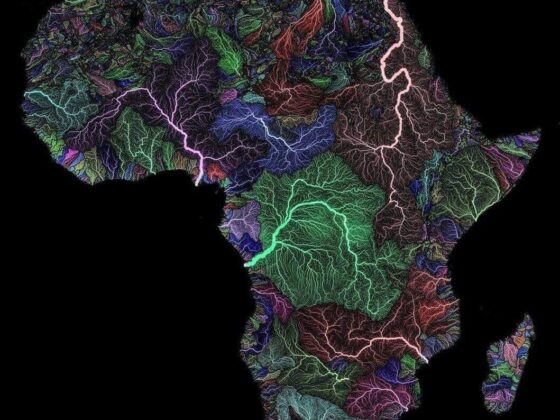Picture this: It’s a bustling summer day in 79 AD. The streets of Pompeii are alive with the chatter of merchants, the clatter of carts, and the laughter of children. Little do these people know that their ordinary day is about to become one of history’s most extraordinary moments.
Pompeii wasn’t always the tourist hotspot it is today. It started as a humble settlement, probably founded by the Oscan-speaking descendants of the Neolithic inhabitants of Campania. Over time, it grew into a thriving city, a melting pot of Etruscan, Greek, and Roman cultures.
By 79 AD, Pompeii was a proper Roman town, home to about 11,000 people. It had everything you’d expect in a Roman city – an amphitheater, a forum, public baths, and even a brothel (hey, the Romans knew how to have a good time). The city was a commercial hub, thanks to its location near the Bay of Naples. Wealthy Romans often had holiday homes here, drawn by the mild climate and beautiful scenery.
But Pompeii had a ticking time bomb right in its backyard: Mount Vesuvius. The locals didn’t think much of it. Sure, there were occasional tremors, but that was just part of life in the shadow of the mountain. They had no idea that Vesuvius was a volcano, let alone one that was about to blow its top.
On August 24, 79 AD (or maybe October 24 – ancient calendars are tricky), Vesuvius erupted with a force that would make modern volcanologists weep. It wasn’t a quick death for Pompeii. The eruption lasted for two days, burying the city under meters of ash and pumice.
The eruption caught everyone off guard. Some fled, but many stayed, thinking they could wait it out. Big mistake. The heat and toxic gases killed those who remained, preserving their final moments in the ash that entombed them.
For centuries, Pompeii was lost to the world, a city erased from memory. It wasn’t until 1748 that it was rediscovered by a Spanish engineer. The excavations that followed revealed a snapshot of Roman life, frozen in time.
What makes Pompeii so fascinating is how well-preserved it is. We’re not just talking about buildings – we’re talking about the little details of everyday life. Loaves of bread left in ovens, graffiti on walls (some of it hilariously rude), and even the ghostly shapes of people and animals caught in their final moments.
Walking through Pompeii today is like stepping into a time machine. You can see the ruts worn into the streets by cart wheels, peek into the homes of the wealthy, or imagine the roar of the crowd in the amphitheater. It’s a stark reminder of how similar we are to those ancient Romans, and how quickly life can change.
Pompeii’s story is one of tragedy, but also one of incredible preservation. It’s a window into a world that would have otherwise been lost to time, giving us insights into Roman life that we couldn’t get from any history book. It’s a reminder of the power of nature, the fragility of human life, and the enduring legacy of a civilization long gone.
So next time you’re sipping on your morning coffee, spare a thought for those Pompeians. They woke up one day, just like any other, not knowing they were about to become one of history’s most fascinating footnotes. It makes you wonder – what ordinary day of ours might be remembered 2000 years from now?










